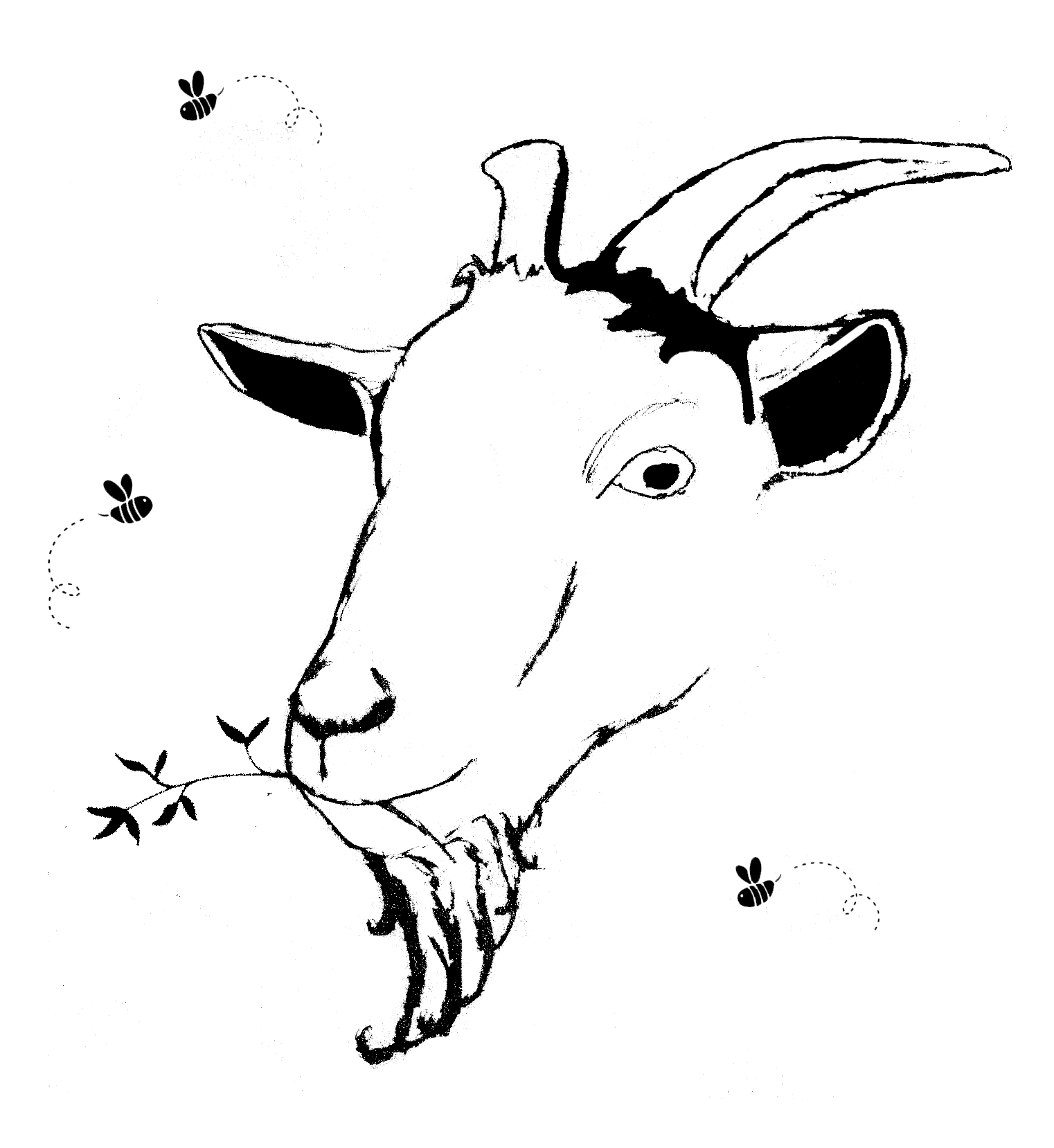Botanical Information
- Family: Lamiaceae
- Common Names: Catnip, Catmint
- Parts Used: Leaves, flowers, stems
Description
Nepeta cataria, commonly known as catnip, is a member of the mint family, traditionally used in herbal medicine for its calming, digestive, and respiratory-supporting properties. It is well known for its effects on cats, but it also offers numerous medicinal benefits for humans, particularly as a mild sedative and digestive aid.
Historical and Traditional Uses
- Used in Western herbal medicine as a mild sedative and relaxant.
- Traditionally employed to relieve digestive discomfort such as bloating and indigestion.
- Used in folk medicine to support immune function during colds and fevers.
- Applied as a gentle herb for children experiencing colic or restlessness.
Constituents
- Essential oils (nepetalactone, citronellol, thymol)
- Flavonoids
- Tannins
- Iridoids
Actions
- Mild sedative
- Carminative
- Antispasmodic
- Diaphoretic
- Anti-inflammatory
- Digestive aid
Medicinal Uses
1. Nervous System Support:
Catnip is commonly used as a mild sedative to promote relaxation and ease stress, anxiety, and insomnia.
2. Digestive Health:
Acts as a carminative, helping to relieve bloating, gas, and stomach cramps.
3. Fever and Cold Relief:
Traditionally used as a diaphoretic to promote sweating and reduce fevers.
4. Respiratory Support:
Helps soothe coughs and congestion, making it beneficial for colds and respiratory infections.
5. Gentle Remedy for Children:
Used to calm colic, teething discomfort, and restlessness in young children.
Preparation and Dosage
Infusion (Tea):
- 1-2 tsp of dried leaves per cup of hot water. Steep for 10-15 minutes. Drink up to twice daily.
Tincture:
- 2-5 ml taken up to 3 times daily.
Poultice (Topical Use):
- Crushed fresh leaves applied to minor wounds, insect bites, and skin irritations.
Essential Oil (Aromatherapy):
- Used in diffusers to promote relaxation and repel insects.
Precautions and Contraindications
- Pregnancy and Lactation: Use with caution as it may have mild uterine-stimulating effects.
- Low Blood Pressure: May enhance the effects of sedative medications.
- Allergic Reactions: Rare but possible; discontinue use if irritation occurs.
Energetics (Traditional Medicine Perspectives)
- Traditional Western Herbalism: Cooling and relaxing; supports digestion and the nervous system.
- Traditional European Medicine: Used as a mild sedative and diaphoretic remedy.
- Ayurveda: Primarily balances Vata and Kapha, but excessive use may aggravate Pitta.
Combinations
- For Relaxation and Sleep: Combine with chamomile and valerian.
- For Digestive Support: Combine with fennel and peppermint.
- For Immune Support: Combine with elderflower and echinacea.
Harvesting and Storage
- Harvesting: Leaves and flowers are collected in summer before flowering peaks.
- Drying: Air dry in a well-ventilated, shaded area.
- Storage: Store dried plant material in airtight containers away from moisture and light.
Modern Research
Studies confirm Nepeta cataria’s mild sedative, digestive, and anti-inflammatory properties, reinforcing its traditional uses.
Catnip remains a valuable herb in both traditional and modern herbal medicine, particularly for its calming, digestive, and immune-supporting properties.

